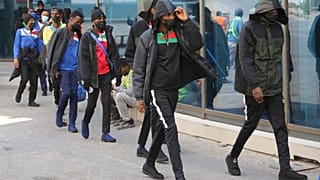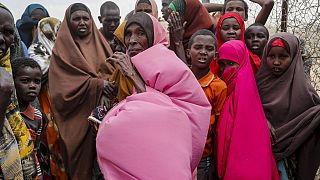Child workers
The world has marked the first rise in child labour in two decades and the coronavirus crisis threatens to push millions more youngsters toward the same fate, the International Labour Organisation (ILO) and UN's children's agency Unicef say in a joint report.
"Almost half of these children, that is 79 million children, are working in hazardous child labour, and that means work that endangers their health, safety or moral development, and sometimes tragically even their life," said Guy Ryder, ILO's director general.
Even more alarming is the increase in the number of children between the ages of five and 17 who are engaged in hazardous work, i.e. work that can have a direct effect on their development, education or health.
Many of these children are invoved in dangerous sectors such as mining or fishing or working more than 43 hours a week, which makes schooling almost impossible.
Sub-Saharan Africa saw the largest increase in the number of working children. They were 16.6 million more at the beginning of last year and in 2016.
The phenomenon hits boys hardest, accounting for 97 million of the total 160 million child laborers at the beginning of 2020.
The vast majority of children (70% or 112 million) are engaged in agricultural work, while 20% are active in the service sector and the remaining 10% in industry.











01:13
United Nations decries crackdown on opposition ahead of Ugandan elections
Go to video
Protesters in Haiti take over Saint-Marc city hall demanding protection from gangs
01:04
DRC: MONUSCO head Bintou Keita steps down early
02:00
UN says food distribution in Sudan improving but areas remain cut off
Go to video
UK Prime Minister calls for 'global pressure to stop the slaughter' in Sudan
01:18
World marks International Day for the Elimination of Violence against Women and Girls